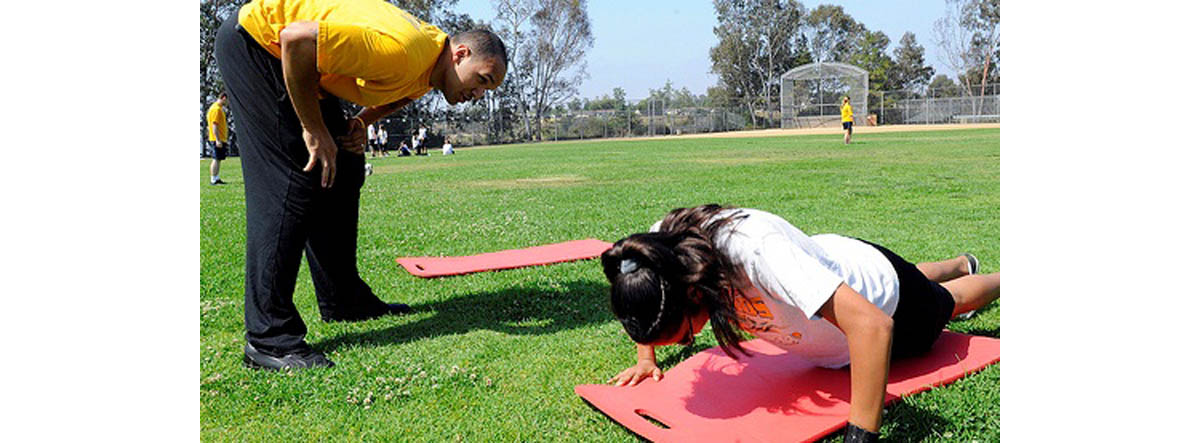Table of Contents
A recent study shows how type 1 diabetics can benefit from cardiovascular exercise while maintaining a good blood sugar level if they exercise in a particular order.
In those with type II diabetes, the results may be similar. Exercising on a regular basis is known to help the body better control diabetes by moderating blood glucose levels. Ensuring proper order of exercise to enhance health benefits for diabetics is another step along the way to better control and less reliance on medication. With rates of type II diabetes on the rise, this is a great way to look out for preventive health measures.

High Intensity Cardio
Cardiovascular exercise, includes anything which gets the heart rate up , and maintains this high rate. It can be either low or high intensity, but essentially, trains the heart and circulatory system to provide oxygen to be used for energy metabolism. These activities are not just at the gym, but could be anything leisurely you may do as well . Think about going for a bike ride, playing soccer, or even something like going dancing. These are all different degrees of cardiovascular exercise that effect blood sugar levels.Low Intensity Cardio
Pilates or power yoga class are lower intensity cardio activities which will have a less drastic effect on blood sugar levels, while still allowing a great overall workout . These types of activities also improve strength and can be a good way of combining your workout time. Raising the heart rate and expending moderate amounts of energy for up to an hour is a great way of preventing sudden, severe changes in blood glucose while not compromising on a full body workout.Alternatively, diabetics can also carry glucose supplements with them, or an apple or banana , for when they may be low on blood sugar levels. Honey and juice are also quick and easy ways to bring blood sugar levels up to normal. However, these methods are after-the-fact solutions rather than ways of preventing the lows from occurring.
Diabetics have to take special care when it comes to exercise. While a number of studies have shown that exercise can help control blood sugar, a deeper analysis into how to best format a workout has yet to be explored. Arranging how intense, frequent, dense and long a workout should be isn't an easy task, and bringing health conditions to the table can often make it a difficult task for anyone.
Most experienced trainers will ask you to first consult a physician to determine if it is safe for you to train. Your physician can also recommend how long and hard to train when you do, and how frequently each week. Always consult a health professional if it has been some time since you last exercised, even if you feel good.
- “Diabetics should lift weights before cardio: Study” By Lindsey Konkel. Published on March 2012, Accessed on April 2012. Retreived from: http://www.reuters.com/article/2012/03/12/us-diabetics-idUSBRE82B03420120312
- Photo courtesy of usnavy on Flickr: www.flickr.com/photos/usnavy/5887216353
- Photo courtesy of abennett96 on Flickr: www.flickr.com/photos/abennett96/3382283018

